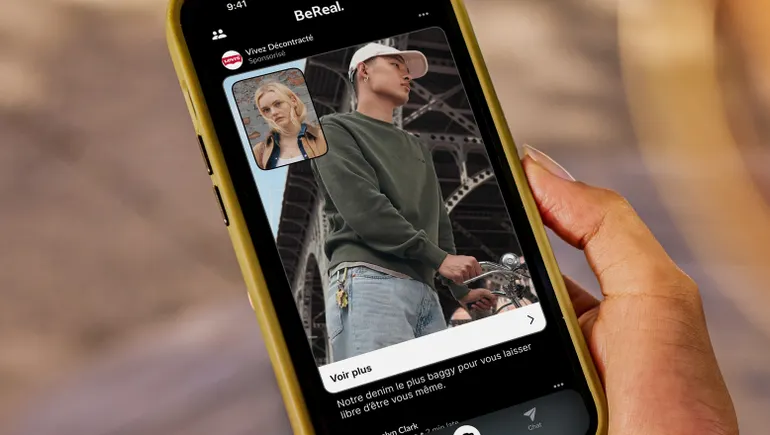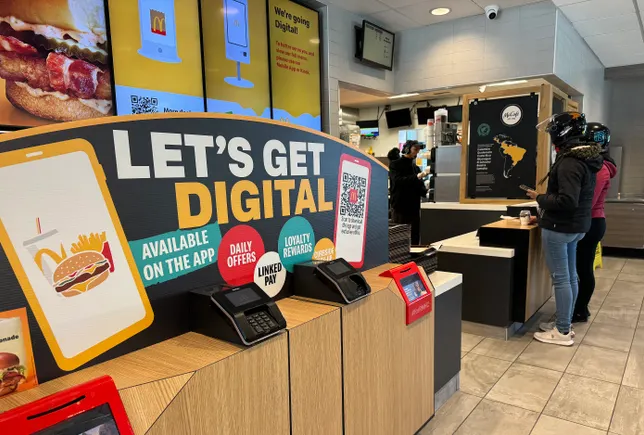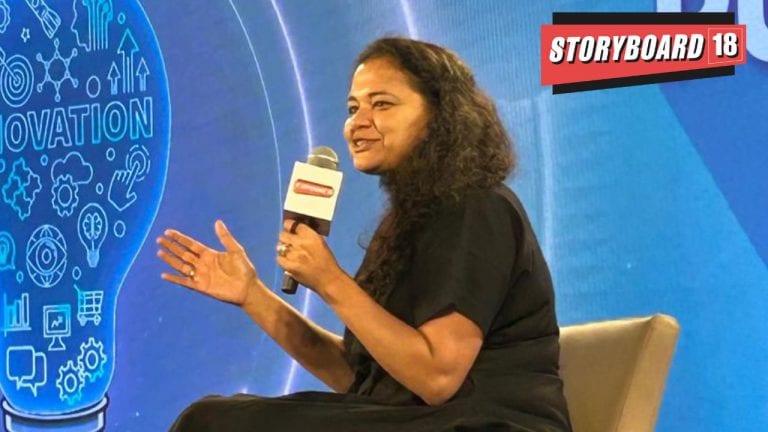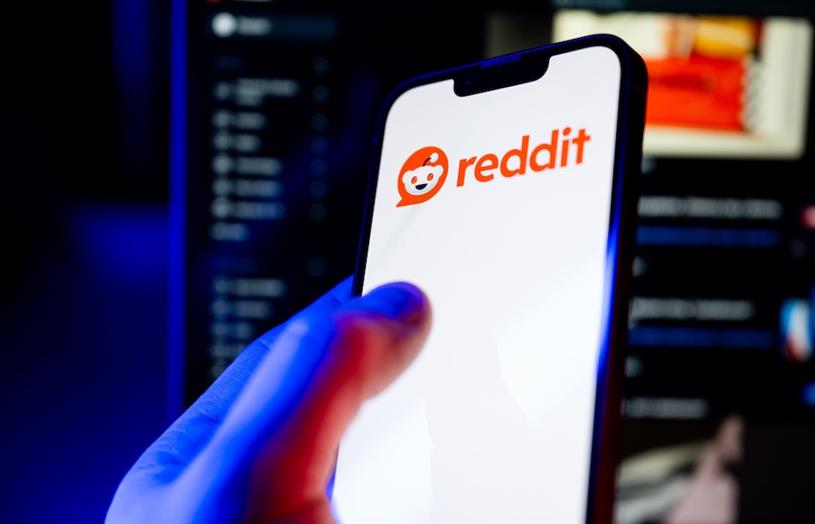Controversial Campaign Draws Industry Attention
A recent natural-diamond marketing campaign in New York City, launched by the Natural Diamond Council (NDC), has stirred significant controversy within the jewelry trade. The campaign, which contrasted natural diamonds with lab-grown alternatives using starkly oppositional language like “swipe right” for natural and “swipe left” for synthetics, was widely criticized for its negative portrayal of lab-grown stones. After backlash, the NDC removed the QR code-linked content, but not before it ignited industry-wide debate.
The campaign’s reception was so intense that it generated more feedback than any prior article by the original reporter during their eight-year tenure at Rapaport. It also prompted follow-up coverage by JCK’s Rob Bates. This campaign followed other similar efforts from the Antwerp World Diamond Centre (AWDC) and the World Federation of Diamond Bourses (WFDB), both of which also positioned natural diamonds more favorably than lab-grown counterparts.
Industry Divided on Marketing Strategy
Industry professionals, including miners, traders, retailers, and manufacturers, voiced mixed opinions. Over 60% of respondents criticized the ads, calling them “desperate,” “unclassy,” and “bullying.” Many argued that attacking lab-grown diamonds did not elevate natural stones but instead damaged the overall industry image.
Some, however, defended the ads. Hertz Hasenfeld of the Diamond Manufacturers and Importers Association of America (DMIA) argued that natural and lab-grown diamonds are fundamentally different and should be marketed as such. “It’s not ‘mudslinging’ to make a clear, creative, and culturally relevant statement about why natural diamonds are unique, rare, and meaningful,” he explained.
Still, others favored AWDC’s gumball machine campaign, which offered lab-grown diamonds for EUR 5. They felt it drew a clearer distinction between product types without being overly critical. One diamond manufacturing director emphasized, “Luxury is rare. All luxury is marketing. Rarity commands a price.”
Negative Reactions From the Trade
Many in the trade criticized the tone and approach of the campaigns. A sales director stated, “Rule number one in marketing: Talk about yourself, not the competition. You lost the argument before you started the conversation.” A branding consultant added that the strategy “destroys the diamond dream for both categories” and was ultimately a “lose-lose.”
Some respondents expressed concern that comparing identical-looking diamonds while labeling one as “better” undermined the message. “You’re showing they look the same but telling us they’re not,” one critic pointed out. Others noted that luxury brands like Rolex succeed without disparaging competitors, suggesting that natural diamonds should follow a similar path.
Consumer Perspective: Missing the Mark
The campaigns were largely aimed at younger consumers, particularly Gen Z. However, feedback from over 50 Gen Z, Millennial, and Gen X consumers across the U.S. indicated that the ads failed to resonate. Many likened the NDC campaign to the infamous Steve Buscemi meme, “How do you do, fellow kids?”
“The ad is trying too hard to sound cool,” said one Gen Z respondent. Another remarked, “’Rizz or fizz’ is so corny. Nobody in my age bracket would ever write that.” Consumers also disliked the shaming tone toward lab-grown buyers, with one stating, “It feels like the natural diamond industry doesn’t believe in its own product.”
Importantly, the campaigns overlooked why younger consumers choose lab-grown diamonds: affordability and aesthetics. Most surveyed said they prioritized value and style over rarity or resale value. Many were more interested in spending on education, travel, or homeownership than on expensive jewelry.
Marketing Misses the “Why”
One critical misstep, according to consumers, was the failure to explain why natural diamonds are worth choosing. “Don’t put down something to promote something else; it’s tasteless,” said one respondent. Another added, “It still doesn’t tell me why I should buy a natural diamond.”
More than half of the consumers stated that once they had decided on a lab-grown diamond, no amount of advertising would change their minds. Some even revealed that the negative tone of the campaigns would push them further toward lab-grown options.
Looking Ahead: The Luanda Accord
As the industry moves forward, natural-diamond stakeholders are looking to the Luanda Accord, signed recently in Angola. Under this agreement, producing countries and mining companies, including De Beers, will contribute 1% of their annual export revenue to a new marketing fund managed by the NDC.
But what kind of marketing will this fund support? Both industry members and consumers agree on one thing: future campaigns must focus on the benefits of natural diamonds rather than criticizing lab-grown alternatives.
Suggestions include highlighting the generational value and emotional significance of natural diamonds. Others recommend campaigns that draw on nostalgia and the symbolism of rarity and true love. Ultimately, the goal should be to create a compelling case for why natural diamonds are a meaningful and worthwhile purchase.
This article is inspired by content from Rapaport. It has been rephrased for originality. Images are credited to the original source.











Leave a Reply